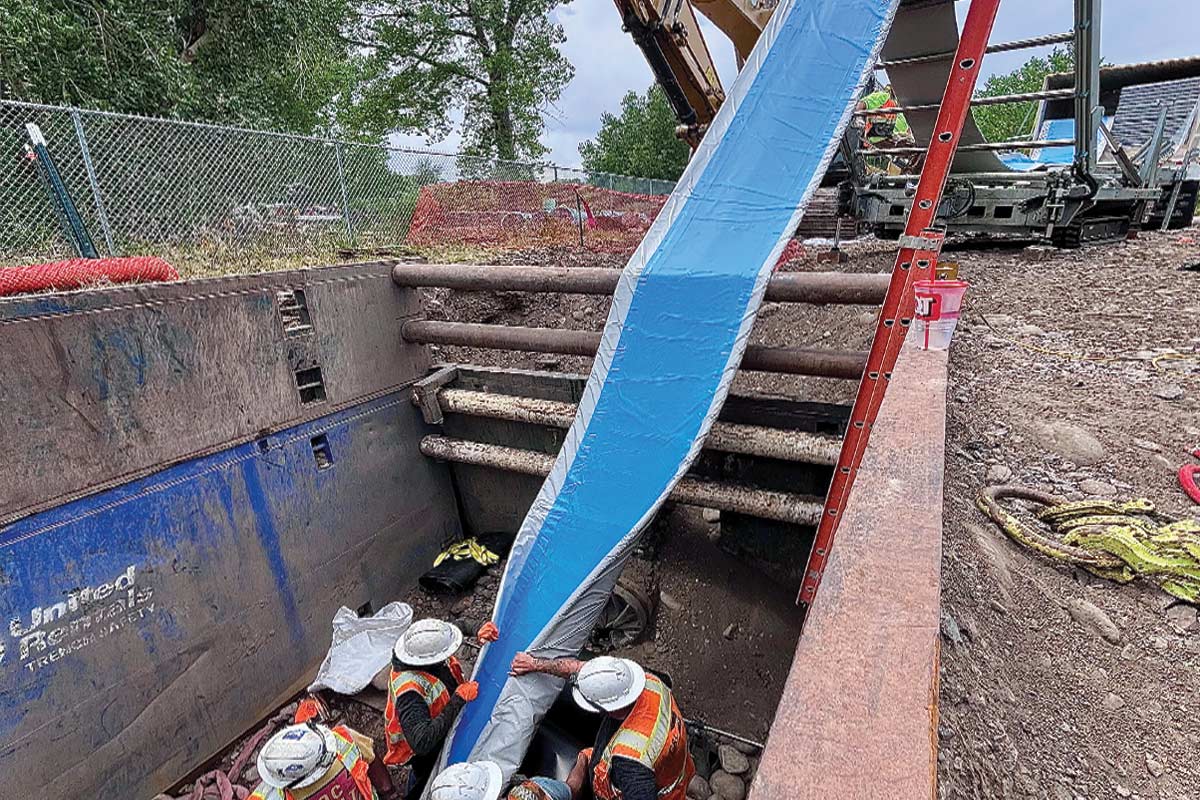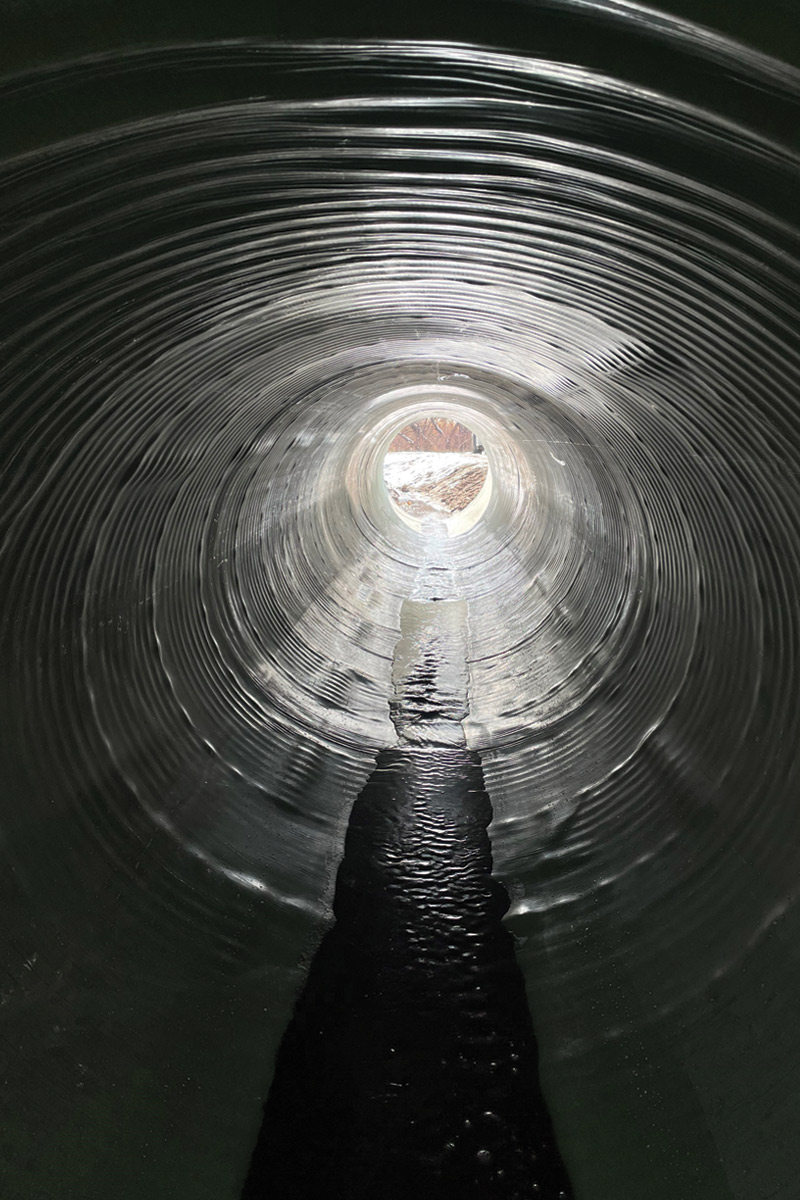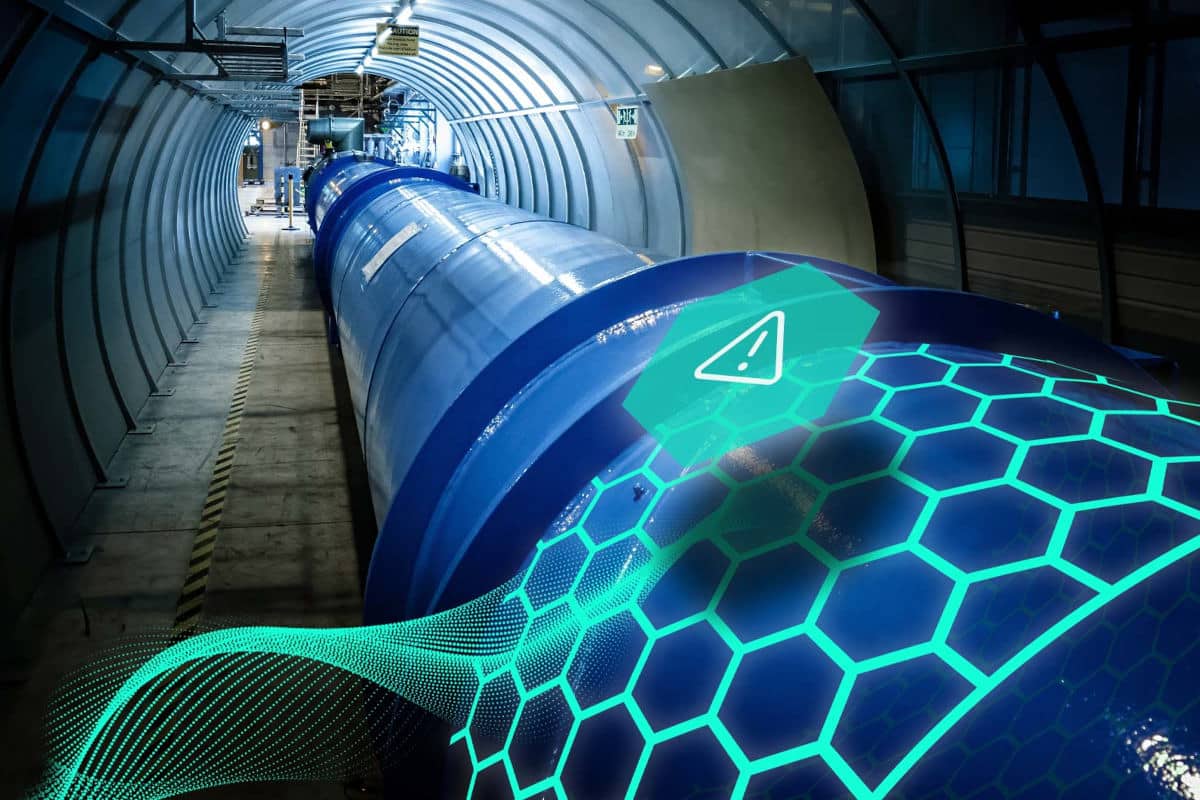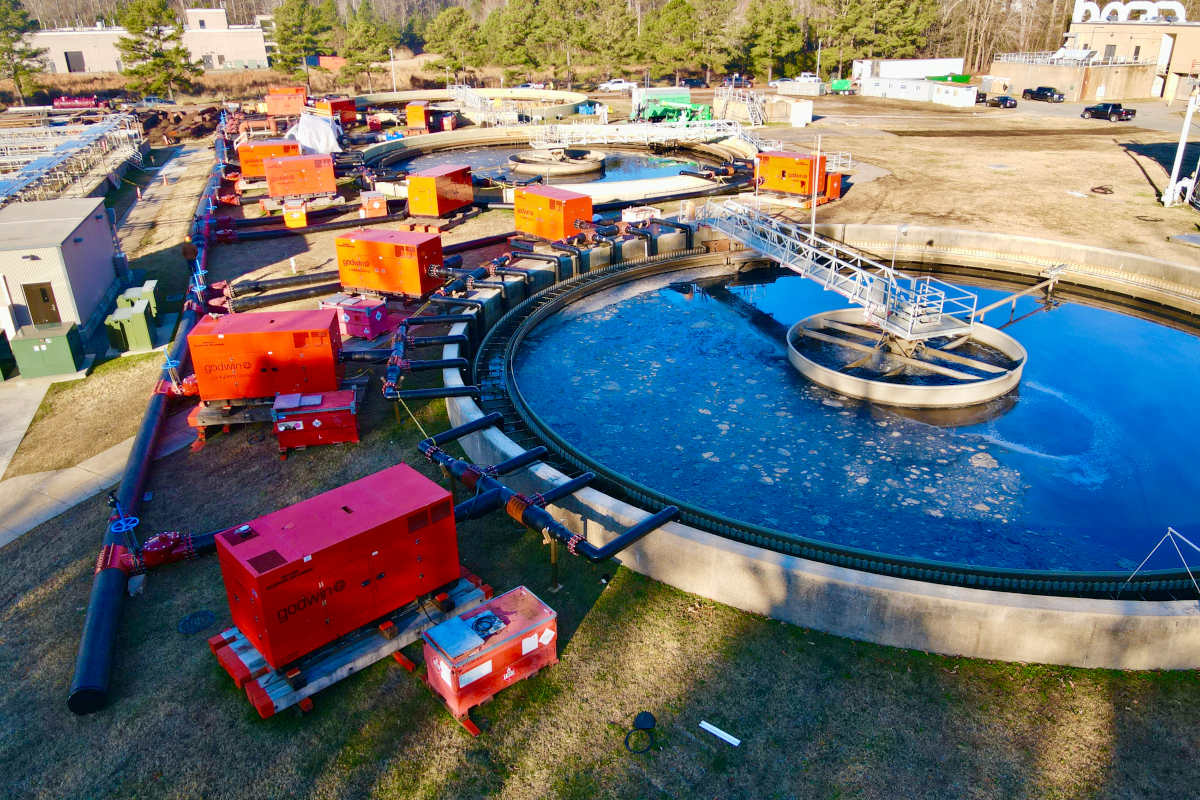
UV CIPP Pipeline Rehabilitation in the Rocky Mountain West
UV-cured cured-in-place pipe (CIPP) is gaining traction in municipal projects across the Rocky Mountain West.
The Rocky Mountain West is a region known for its rugged terrain, unpredictable weather, and a growing population that increasingly relies on aging infrastructure. In this region, pipeline rehabilitation is a critical concern for maintaining water and wastewater services.
Traditionally, pipeline repair and replacement have been costly and disruptive, particularly in areas that are difficult to access or environmentally sensitive. However, UV pipeline rehabilitation has emerged as a cost-effective and efficient solution. It offers distinct advantages over conventional methods.
While traditional thermally-cured CIPP remains common, UV CIPP provides additional flexibility and efficiency to traditional CIPP projects. This is particularly true under specific challenging conditions. This article explores the enhancements UV CIPP offers. It provides case studies from the Rocky Mountain West to illustrate its growing role in pipeline restoration.
What Is UV Pipeline Rehabilitation?
UV pipeline rehabilitation involves a pull-in-place method. A fiber-reinforced, flexible liner impregnated with photo-initiated resin is inserted into an existing pipeline. Once the liner is in place, ultraviolet (UV) light is used to cure the resin. This forms a durable, seamless pipe within the existing pipe. This process eliminates the need for excavation. It is ideal for projects in hard-to-reach or environmentally sensitive areas. UV pipeline rehabilitation is versatile. It can be applied in stormwater, sanitary sewer, and pressure applications, including drinking water systems.

Advantages of UV Pipeline Rehabilitation
1 – Cost-Effectiveness
One of the significant benefits of UV pipeline rehabilitation is its cost-effectiveness. This is especially true in regions like the Rocky Mountain West where challenging soil conditions and difficult access can make traditional excavation costly. This is particularly relevant in areas with high groundwater tables, poor soils, existing utilities and deeper pipelines to escape freezing are common.
UV rehabilitation, by contrast, requires little to no digging. The minimal disturbance reduces labor, material, and surface restoration costs, making it a more affordable option than traditional methods.
2 – Minimal Disruption to Communities
In the Rocky Mountain West, many pipelines run through remote communities, national parks, and ecologically sensitive areas. Traditional pipeline repair methods requiring road closures, property damage, and disruption to local habitats are eliminated by the use of UV CIPP.
For example, in Longmont, Colorado, UV pipeline rehabilitation was used to repair a pressure raw-water pipeline running through a protected riparian zone. Traditional excavation would have required environmental permits and posed a risk to endangered species and their habitat. By choosing UV rehabilitation, the city was able to repair the pipeline with minimal environmental disruption. This preserved the ecosystem while maintaining the water supply.
3 – Speed and Efficiency
Speed is another key advantage of UV pipeline rehabilitation. In regions with harsh winters and short construction seasons, traditional repair methods can lead to extended downtime. UV rehabilitation can often be completed in just a few days. This reduces service interruptions and enables a faster return to service. UV CIPP is particularly efficient for short pipeline segments. The relatively small amount of time required to pull the UV light train a short distance allows for multiple installations in a single day.
4 – Durability and Longevity
UV-cured liners are highly durable. Once cured under UV light, the resin forms a seamless, corrosion-resistant, extremely strong, and structurally sound pipe. These liners are known for their long lifespan, often exceeding 80 years. This makes UV CIPP a sustainable solution for infrastructure rehabilitation.
In Douglas County, Colorado, an aging 72-in. corrugated metal pipeline suffered from corrosion and abrasion due to high water flows and debris. The UV-cured liner provided a durable, long-lasting solution. This addressed these issues and restored the pipeline’s functionality, extending its service life.
5 – Environmental Benefits
The environmental advantages of UV pipeline rehabilitation are particularly relevant in the ecologically sensitive Rocky Mountain West. The UV curing process generates minimal environmental impact, as it requires no heat and produces fewer byproducts compared to traditional methods. This makes UV CIPP ideal for stormwater applications, where minimizing disruption to local ecosystems is essential.
Moreover, UV pipeline rehabilitation produces fewer greenhouse gas emissions compared to conventional methods. Since the process requires limited energy for installation and curing, it is a cleaner, more sustainable option. This has been a significant selling point for environmental advocates and local communities focused on reducing their carbon footprint.
Case Studies in the Rocky Mountain West
6 – Boulder, Colorado (St. Vrain Pipeline Raw Water System Rehabilitation)
In Boulder, Colorado, the city faced a challenge with an aging wastewater pipeline running through a sensitive riparian zone. Excavating the area for repairs would have caused significant environmental disruption. Instead, officials turned to UV pipeline rehabilitation. They used it to rehabilitate approximately 1,650 lf of a 24-in. pressure raw-water pipeline operating at 90 psi. This approach allowed for minimal environmental impact. Only three small excavations were made outside the sensitive areas. The project was completed efficiently and without disrupting the surrounding ecosystem.
7 – Douglas County, Colorado (Bayou Gulch Rd 72-In. Culvert Rehabilitation)
Douglas County, Colorado, used UV CIPP to rehabilitate a 72-in. culvert under Bayou Gulch Road. The culvert had corroded and showed signs of structural failure. Rather than digging up the entire structure, UV CIPP was used to restore the culvert’s integrity. The process was quick and efficient, with minimal setup required. This case highlights the versatility of UV CIPP. This is particularly true in storm crossing applications where shallow pipe conditions necessitating high-strength and a need for rapid return to service are common.
Conclusion
UV pipeline rehabilitation is transforming the way utilities in the Rocky Mountain West approach infrastructure maintenance. It offers numerous advantages including cost savings, minimal disruption to communities, speed, durability, and environmental sustainability.
These benefits make UV CIPP a valuable addition to the toolbox for municipalities dealing with aging pipelines in challenging environments.
The use of UV CIPP, alongside traditional thermally-cured CIPP methods, allows for a more comprehensive approach to pipeline rehabilitation. This combination is becoming more common. It ensures utilities can address the diverse needs of different pipeline conditions. Ultimately, it extends the life of critical infrastructure. It also reduces project costs and minimizes stakeholder disruptions.
Chris Larson is operations manager at C&L Water Solutions Inc.




